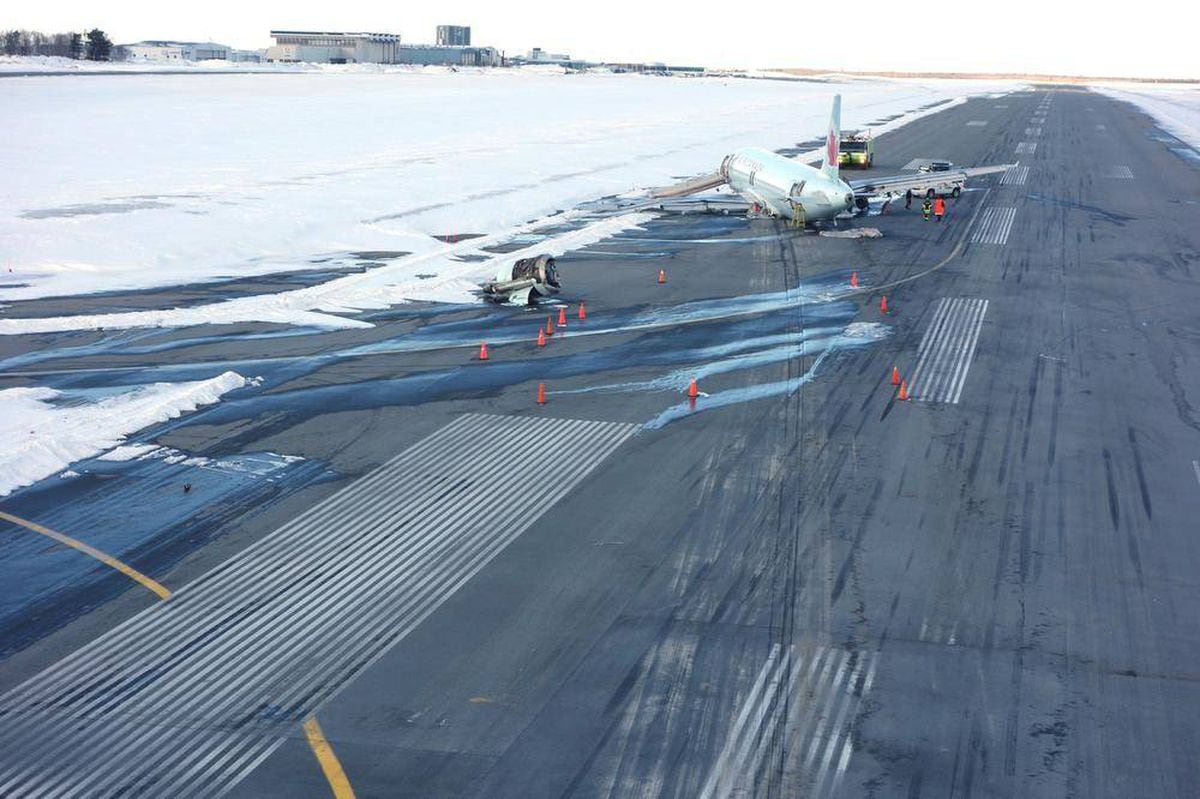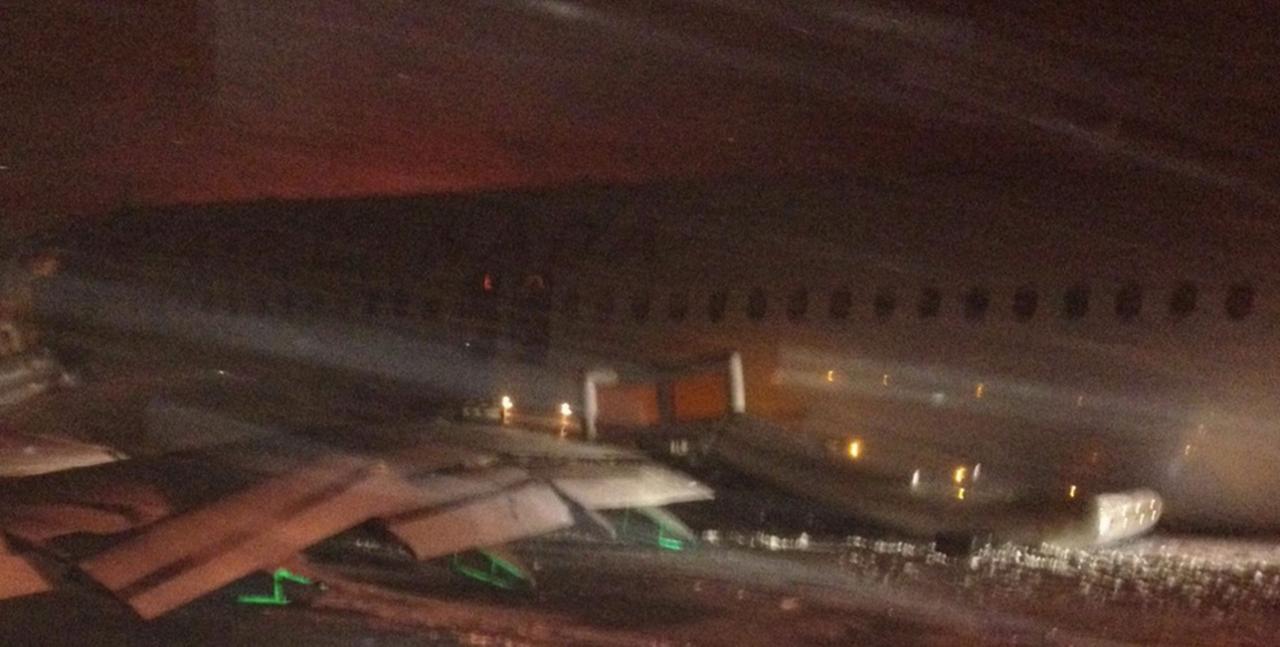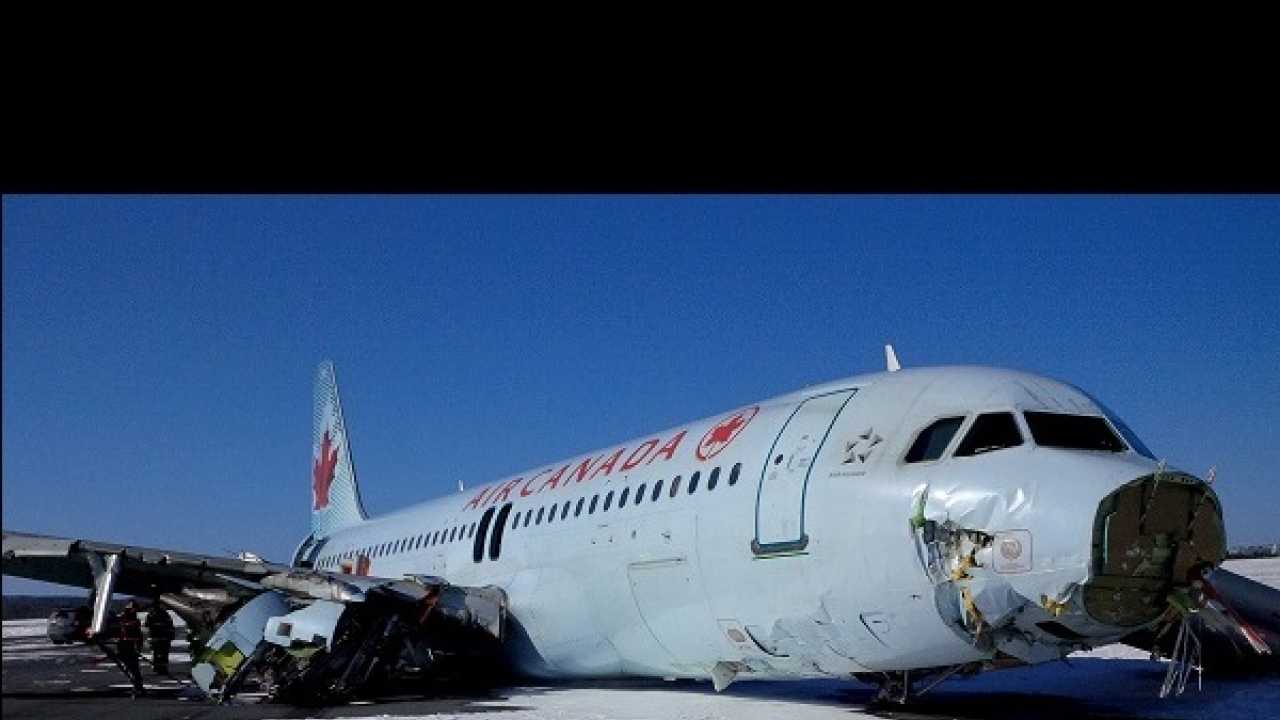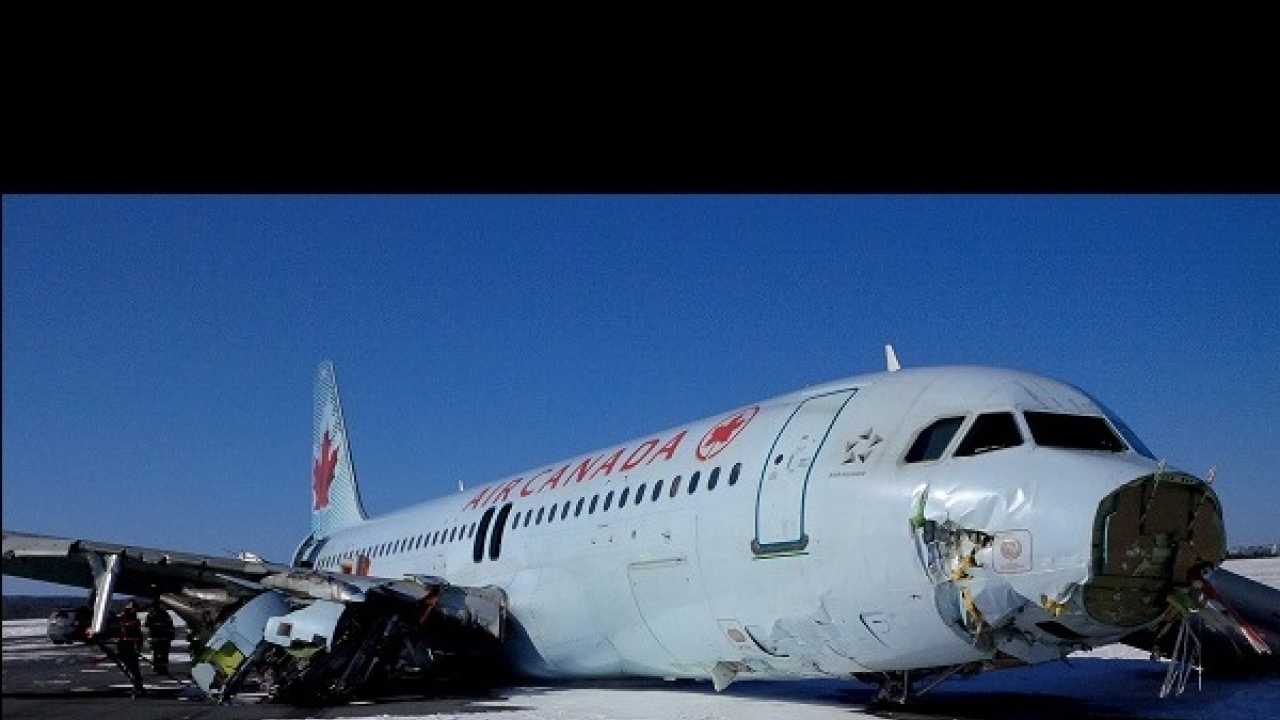Halifax Airport plane crashes, while thankfully infrequent, offer crucial insights into aviation safety. This exploration delves into the history of incidents near Halifax Stanfield International Airport, examining their causes, the resulting changes in safety protocols, and the lasting impact on the community. We’ll trace the evolution of safety regulations, investigate the roles of various agencies in accident investigations, and explore how technological advancements have improved air travel safety.
Prepare for a factual yet engaging journey through a critical aspect of aviation history.
Thinking about the Halifax airport plane crash makes you realize how crucial air safety is. Understanding the technology involved, like the advanced drone systems showcased at events such as the muan conference, is key to preventing future incidents. These advancements in drone technology could even play a role in improving airport security and emergency response procedures following a crash like the one in Halifax.
We’ll cover a range of topics, from detailed accounts of specific crashes and their aftermath to the public’s perception of air safety following these events. The investigation process, memorialization efforts, and the role of media coverage will all be examined to provide a comprehensive understanding of this important subject.
The Halifax airport plane crash investigation is complex, requiring meticulous examination of various factors. Think about the scale – it’s not just about the plane itself, but also about the surrounding airspace. Consider the recent news about a mystery drone Paris incident; similarly, investigators need to rule out any interference. Understanding the potential for unforeseen events, like rogue drones, is crucial to preventing future Halifax airport plane crash scenarios.
Halifax Stanfield International Airport: A History Marked by Progress and Tragedy

Halifax Stanfield International Airport, a vital transportation hub for Atlantic Canada, boasts a rich history interwoven with periods of significant growth and, sadly, several notable aviation accidents. This article explores the airport’s evolution, examining key incidents, their impact on safety procedures, and the ongoing efforts to ensure passenger safety.
Historical Overview of Halifax Airport

Halifax Stanfield International Airport’s history spans decades, marked by continuous infrastructure development and evolving safety regulations. Its origins trace back to much earlier airfields, evolving from a small, military-focused facility into a major international airport.
- Early Years (Pre-1930s): Initial airfields served primarily military purposes.
- 1930s-1950s: Expansion and development of civilian infrastructure began, with the construction of runways and terminal buildings.
- 1960s-1980s: Significant growth in passenger traffic led to further runway expansions and terminal upgrades. The introduction of jet aircraft necessitated changes in infrastructure and operations.
- 1990s-Present: Modernization efforts continued, including the construction of new terminals, improved security measures, and the implementation of advanced technologies to enhance efficiency and safety.
Safety regulations mirrored international standards, evolving from basic procedures to comprehensive frameworks encompassing risk management, emergency response, and stringent aircraft maintenance protocols.
The Halifax airport plane crash investigation is complex, requiring detailed analysis of various factors. Imagine the precision needed – similar to piloting a high-tech drone like the ae86 pro max drone , which demands skillful control and understanding of its systems. Understanding this level of precision helps us appreciate the challenges faced in piecing together the events of the Halifax airport crash.
Notable Plane Crashes near Halifax Airport
Several aircraft accidents have occurred within a 50-mile radius of Halifax Stanfield International Airport. While the airport has a strong safety record, these incidents highlight the inherent risks of air travel and the importance of continuous safety improvements.
| Date | Aircraft Type | Casualties | Contributing Factors |
|---|---|---|---|
| [Insert Date of Crash 1] | [Insert Aircraft Type] | [Insert Number of Casualties] | [Insert Contributing Factors, if known] |
| [Insert Date of Crash 2] | [Insert Aircraft Type] | [Insert Number of Casualties] | [Insert Contributing Factors, if known] |
Impact of Accidents on Airport Operations and Safety Procedures

Significant crashes near Halifax Airport have prompted substantial changes in airport operations and safety protocols. These changes are often multifaceted, encompassing improved emergency response capabilities, stricter maintenance procedures, and enhanced pilot training programs.
- Improved Emergency Response: Increased training for emergency personnel, improved communication systems, and enhanced emergency equipment.
- Enhanced Safety Protocols: Implementation of new safety procedures based on lessons learned from past accidents, including stricter maintenance schedules and more rigorous pilot training.
- Technological Upgrades: Adoption of new technologies to improve air traffic control, navigation systems, and weather forecasting accuracy.
Investigation and Reporting Procedures
Following any aircraft accident, a thorough investigation is conducted to determine the cause and to recommend preventative measures. The Transportation Safety Board of Canada (TSB) plays a crucial role in these investigations.
The TSB employs a team of highly trained investigators who analyze flight data recorders, examine the wreckage, interview witnesses, and review maintenance records. Their reports are publicly accessible and contribute significantly to ongoing improvements in aviation safety.
Public Perception and Media Coverage
Media coverage of plane crashes near Halifax Airport has significantly influenced public perception of air travel safety. While news reports often highlight the tragedy of such events, they also play a crucial role in informing the public about safety measures and improvements.
A comparative analysis of media narratives across different news sources would reveal variations in emphasis and tone, reflecting different editorial approaches and the specific audiences they target. Generally, responsible journalism focuses on factual reporting and avoids sensationalism.
Technological Advancements in Aviation Safety, Halifax airport plane crash
Technological advancements have played a critical role in improving aviation safety since past incidents. These advancements encompass various areas, from improved navigation systems to more sophisticated aircraft design and maintenance technologies.
- Advanced Navigation Systems: GPS technology, coupled with other navigational aids, significantly reduces the risk of spatial disorientation and collisions.
- Improved Aircraft Design: Modern aircraft incorporate features like enhanced flight control systems and stronger airframes, designed to withstand greater stresses.
- Predictive Maintenance: Data-driven maintenance strategies help identify potential problems before they lead to accidents.
Memorialization and Remembrance
Memorials and commemorations serve as poignant reminders of the lives lost in aviation accidents near Halifax Airport. These memorials provide spaces for reflection and remembrance, allowing the community to honor the victims and their families.
[Describe specific examples of memorials, their locations, and community initiatives, if any exist. If no specific memorials exist, explain this and the reasons why. ]
Illustrative Example: A Detailed Account of a Specific Crash
[Select a specific crash and provide a detailed account. This should include a description of the aircraft, the events leading up to the crash, the crash itself, the aftermath, and the investigation’s findings. Include specific details like weather conditions, aircraft maintenance history, and pilot experience.]
Conclusion: Halifax Airport Plane Crash
Understanding the history of Halifax Airport plane crashes isn’t just about recounting past tragedies; it’s about learning from them. By analyzing past incidents, investigating contributing factors, and observing the evolution of safety measures, we can gain a clearer picture of how aviation safety has improved. This knowledge underscores the continuous efforts to enhance safety protocols and technological advancements, ultimately aiming to prevent future accidents and ensuring safer skies for all.
Key Questions Answered
What is the busiest time of year for Halifax Airport?
Typically, the summer months (June-August) are the busiest.
How many runways does Halifax Stanfield International Airport have?
It has two runways.
Are there any specific memorials at the airport for crash victims?
This would need further research, as the Artikel doesn’t specify location-specific memorials at the airport itself. Memorials may exist elsewhere to commemorate victims of crashes near the airport.
What types of aircraft have been involved in crashes near Halifax Airport?
This will vary depending on the specific incidents. The Artikel suggests creating a table detailing aircraft types involved in documented crashes.
